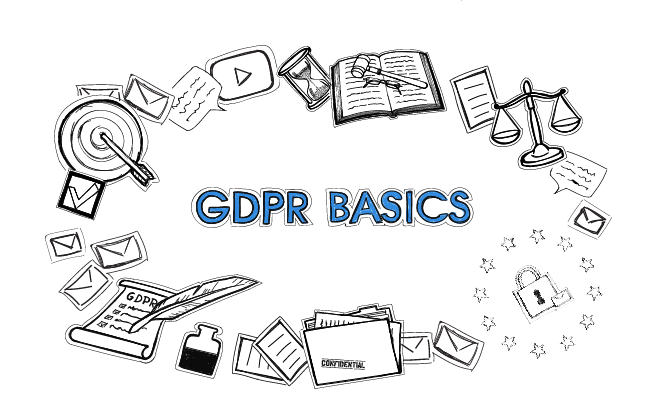Learn how to send effective cold emails
with Woodpecker Academy
Free access to advice on deliverability, cold emailing and more.
with Woodpecker Academy

As with any form of business communication, there are a couple of rules you need to follow to make your email outreach professional. I took some time to research the requirements for a proper email outreach in countries, such as Canada, China, Australia, New Zealand, not to mention the United States (with recently updated California law), Norway, Germany, Switzerland, and of course, the rest of the countries that are a part of the European Union (read about GDPR here).

California Consumer Privacy Act goes into effect on January 1, 2020. Since major tech companies are based in California, the law may set standards in the whole US. Let’s take a closer look at the requirements of the new law and how it differs from GDPR.

This is the blog post for cold email newbies. Or those of you who want to try something new with email outreach but lack inspiration. I'd like to propose that we rethink the ways of writing an opening message.

GDPR has been a big boom for us all. While browsing the Internet, we can easily find a lot of info about what GDPR is, who and what it applies to, and what requirements we should meet as companies in order to comply with the regulation. But for many of us in the Internet industry, there’s still the question of HOW we should actually apply it to our product.

Woodpecker has committed itself to help you comply with the General Data Protection Regulation as evident in the GDPR compliance available on the main website. To deliver on that promise, we’ve recently added a new feature to the Woodpecker app. A feature that makes it easier for you to run a GDPR-compliant email campaign and safely process personal data of your prospects in Woodpecker.

Not so long ago, I shared with you how our outbound sales team searches for prospects on Quora and what they write in an email. Today, I'd like to present you one of our webinars, and at the same time, teach you more about GDPR.

List building is the outreach phase when we should learn as much as we can about our prospects so that we know what to put in our cold email copy. But what if we don't know what type of information to look for besides simple facts, such as company name, size, the number of employees, etc.? How to structure the research process to squeeze out the most of it?

I like to stress out the importance of cold email personalization. You may approach the process of adding a personal touch to email copy from multiple angles, which I've already described. But sometimes it's nice to use a tool or two that would do it for you. I asked Moaaz from Cloudlead, a B2B lead generation intelligence provider, to explain you how to use data to drive your marketing and sales efforts. Moaaz will take over from now.